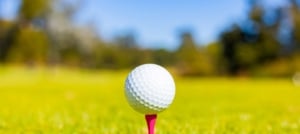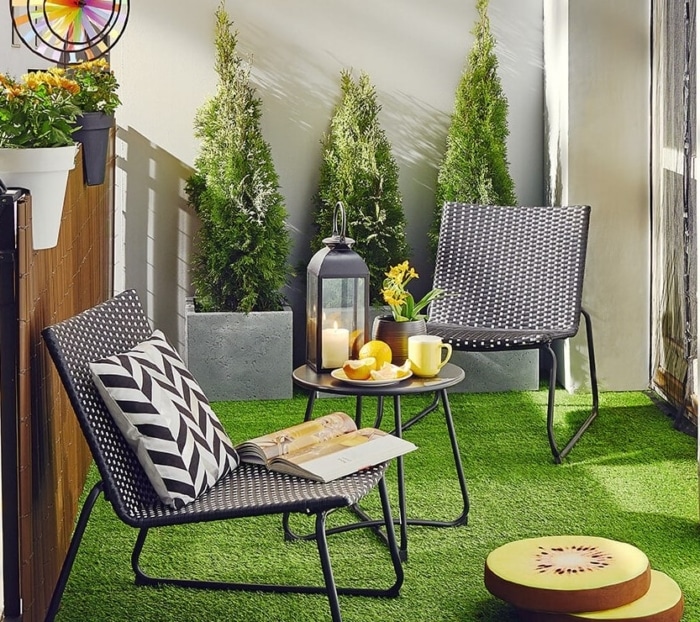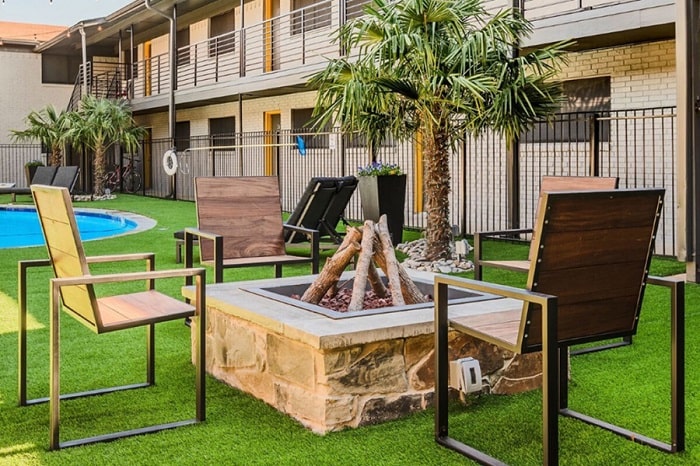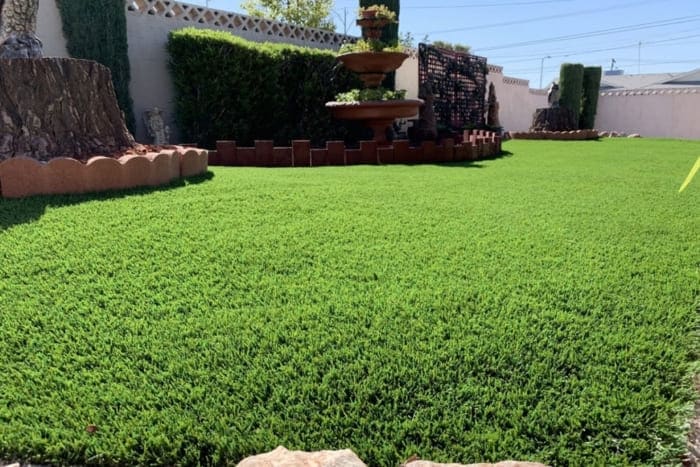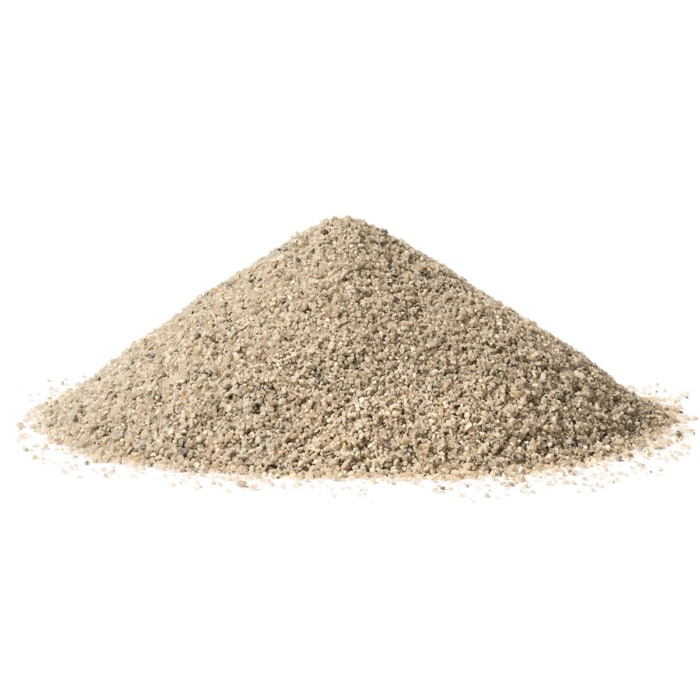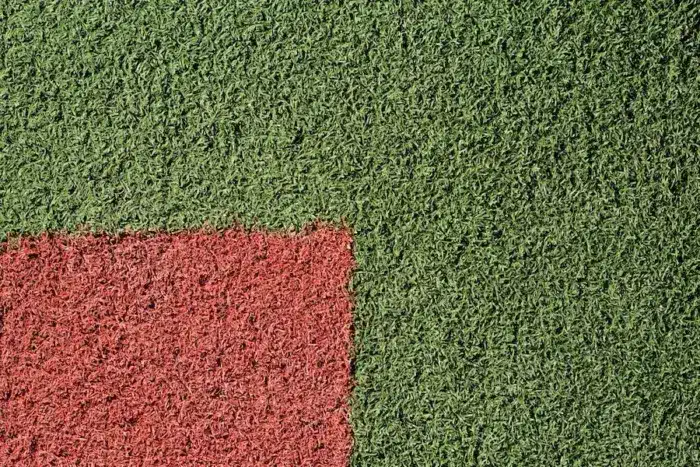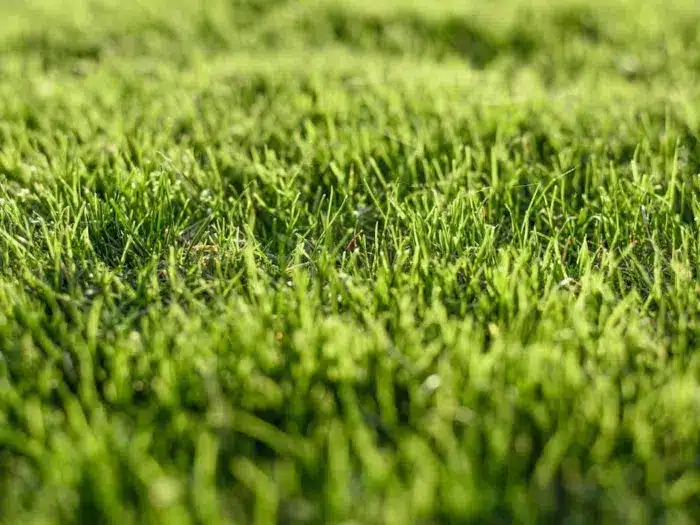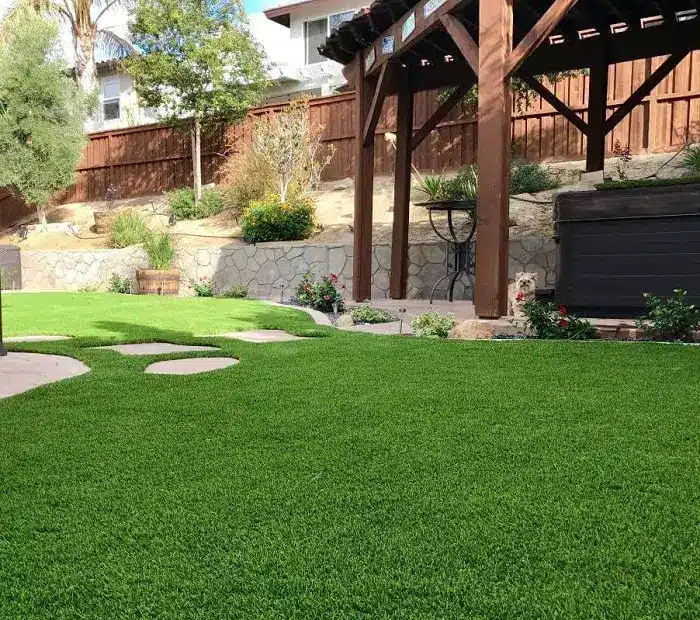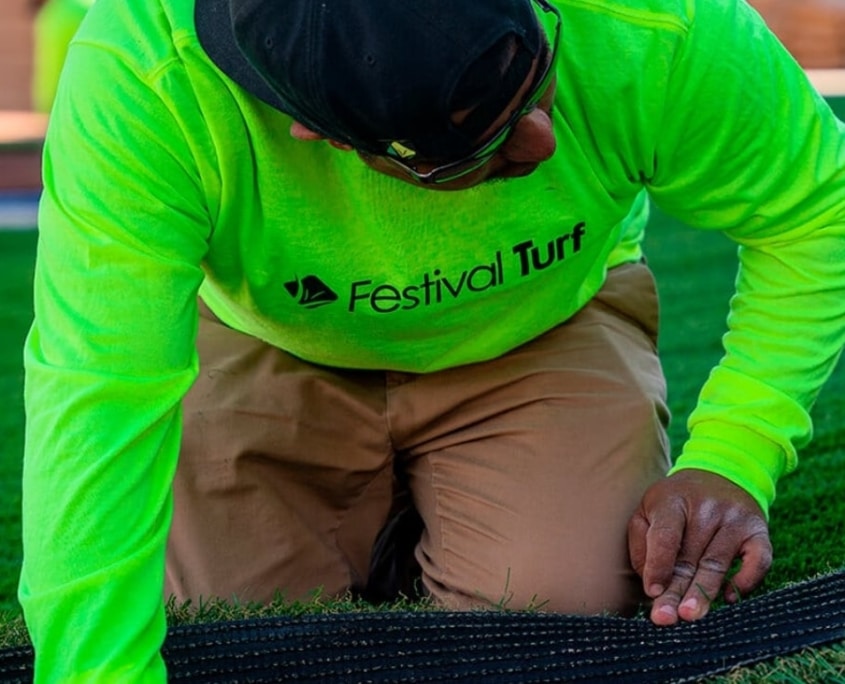Landscaping a Small Area: How to Make Your Small Yard Feel Bigger
Landscaping isn’t just for huge lawns; just because you may not have a whole lot of space to work with doesn’t mean you can’t put together a gorgeous landscape!
There are many wonderful options to get the most out of smaller gardens; here are a few tips and tricks to turn yours into something truly magnificent.
Small Backyard Landscaping Ideas
Your backyard should be your personal sanctuary, a place of peace and serenity. To get the most out of your backyard, there are a few landscaping ideas to consider to elevate the overall aesthetic beauty of this space truly.

Mix Ground Cover Materials
When it comes to ground cover materials, there are tons of visually attractive options to choose from. Gravel, pebbles, bark, and slate are a few great options, as they are easy to lay and instantly give your garden more character.
Mixing ground cover materials into patterns or even sporadically can create a truly eye-catching layered effect. This will help make your small garden space unique and ambient with little effort.
If you are concerned that your ground cover materials will harm your grass, consider installing artificial grass instead; it requires no maintenance and remains green all year.
If you are looking at installing artificial grass or other artificial elements such as artificial ivy, contact us!
Select the Right Plants
Choosing the correct selection of plants for a garden with minimal space may seem complicated, but the truth is there are tons of beautiful plants suited to smaller areas.
There are indeed hundreds of plants to choose from that are friendly for small spaces, but a few of our favorites include lavender trees, Japanese maple trees, bamboo, Mexican orange blossoms, and wild olive trees.
These options do not take up much space and do not grow exceptionally tall either, all while being incredibly colorful and easy on the eye. If you do not have the time to maintain your garden often, consider using low-maintenance plants like smaller shrubs and aloes.
Install an In-Ground Plunge Pool
Don’t let your lack of garden space prevent you from installing an attractive and useful fixture or two.
A small in-ground plunge pool is something you can make work in a garden of any size and add a little bit of functionality to your small backyard. Plants and trees may be wonderful to admire, but a small plunge pool is a great way to ensure that your garden can be a place where social gatherings can be hosted, and memories can be made. We all love a little outdoor living.
Raised Garden Beds
If you don’t have much space to work within your backyard, you may want to consider planting your greenery in raised garden beds.
This gives your backyard a contemporary and visually striking look and is also a great way to maximize the space available.
Raised garden beds will separate your plants from the ground, giving you more room to walk around your own little sanctuary and add other sections like a seating area.
Small Front Yard Landscaping Ideas
Use Garden Edging to Zone Your Front Yard
When it comes to your front yard, garden edging is your best friend. Garden edging is a simple yet effective way to create crisp divisions among the different sections of your garden.
When used effectively, garden edging creates a clean-looking front yard by separating your grass from your flower beds, trees, and shrubs and is, therefore, a great way to go about landscaping a small area.
Consider the Hardscape
When you think of landscaping, trees, plants, and grass likely come to mind, but hardscape is equally essential to consider.
While greenery may be the focal point when landscaping a small area, hardscape adds a nice touch of variation and contrast to the front yard’s overall aesthetic. Tiles, pebbles, and paving are all striking hardscape elements to incorporate into the overall design of your small front yard.
Plant Trees and Shrubs
No garden is complete without trees and shrubs, not even smaller landscapes. Adding trees and shrubs to your front yard will help add volume to the space and truly make it pop.
When selecting what trees and shrubs to go with, it is essential to choose options that do not take up too much space, such as pompon trees or hydrangeas.
Create an Interesting Pathway
The focal point of any front yard should always be the pathway leading to your home. After all, this is the first thing guests will see when they arrive at your residence, so try and make it interesting!
Pebbles, crushed stone, and cobblestone tiles are a few of the many excellent materials you may want to consider for this aspect of your landscaping, as they look beautiful alongside the rich green of your front yard.

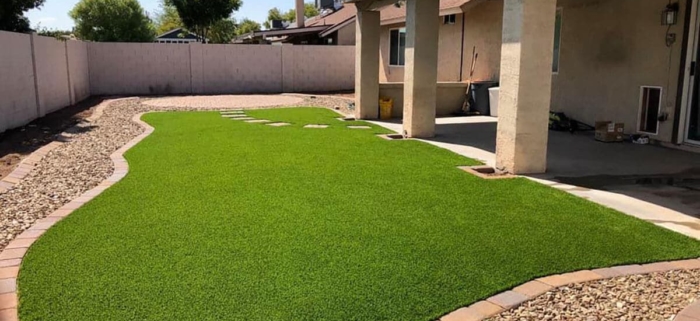
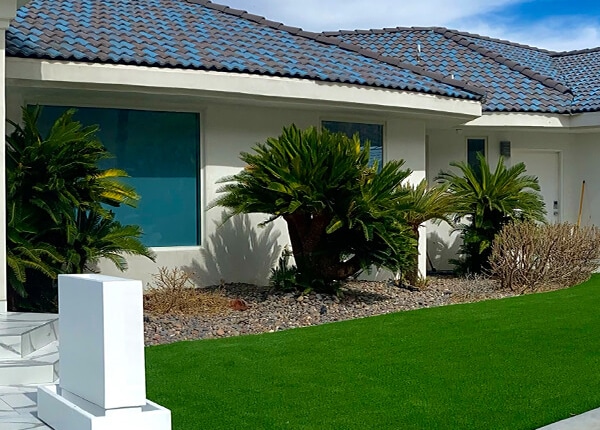
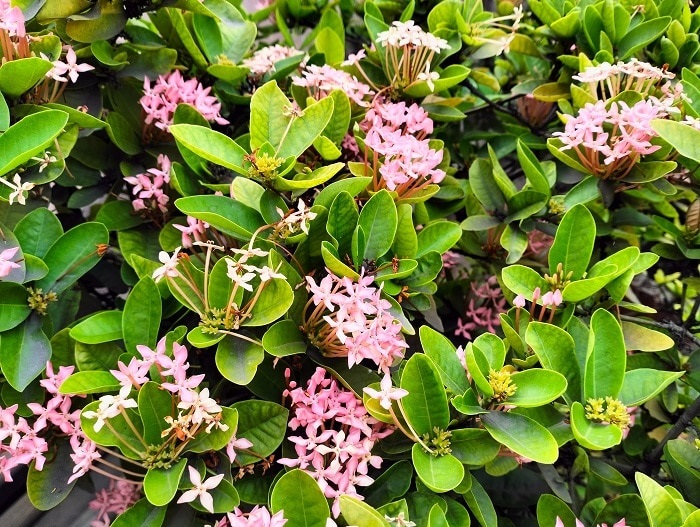
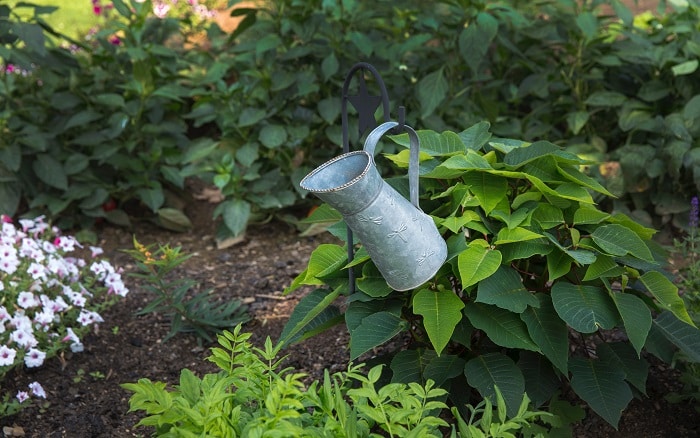
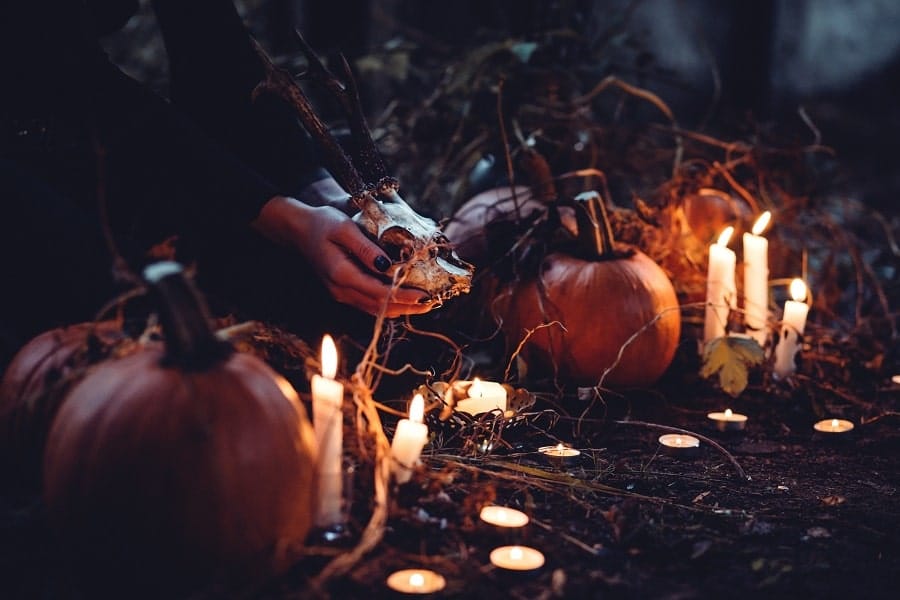

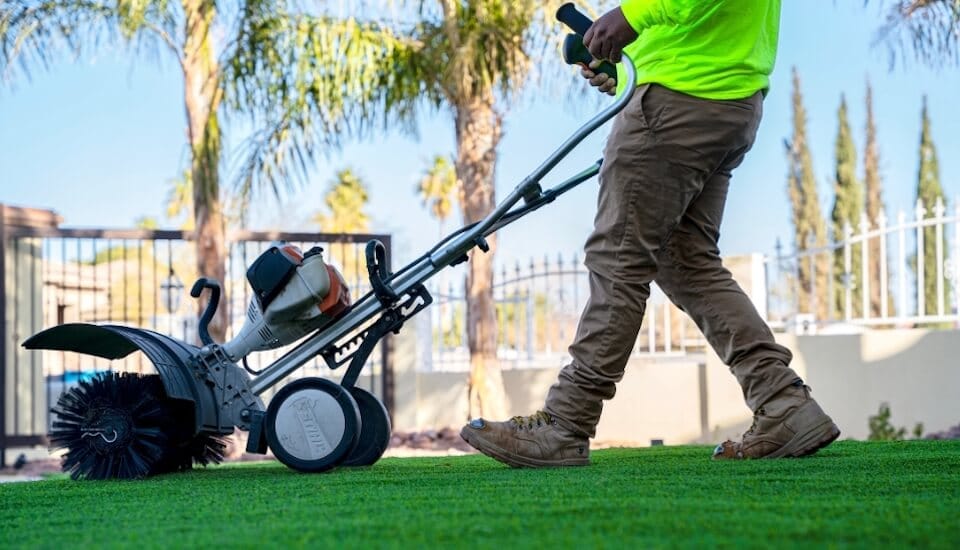
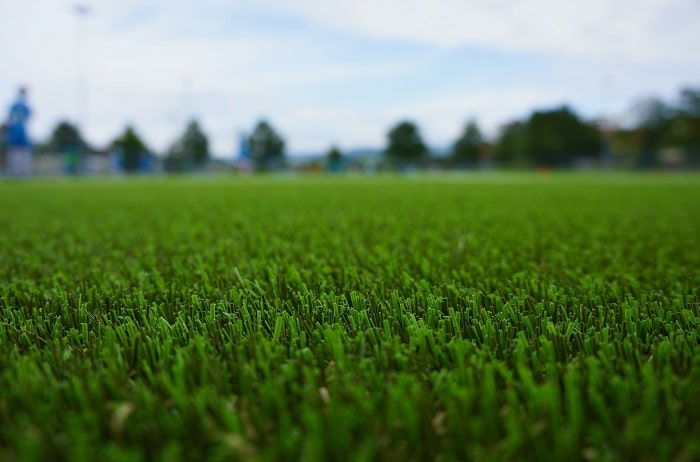
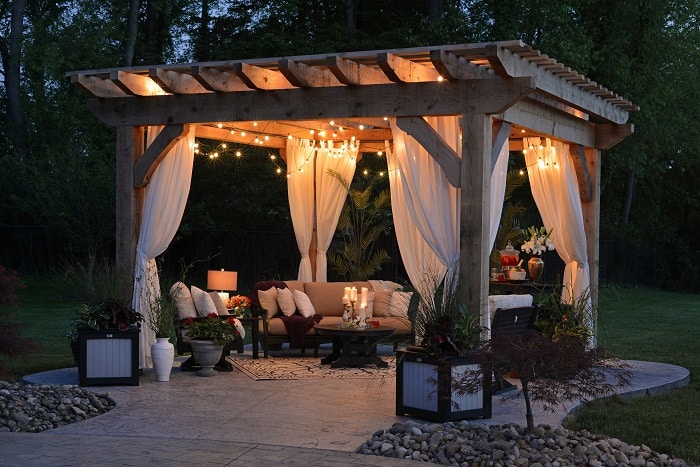
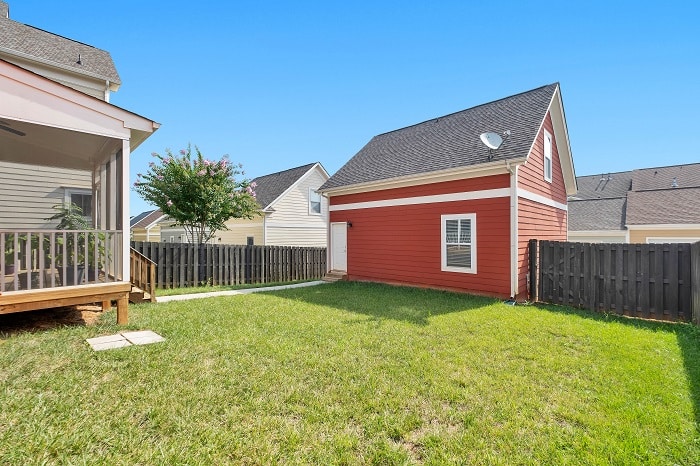

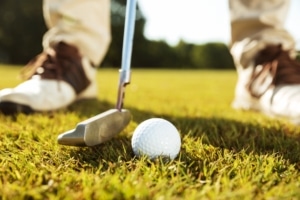 Turf Material
Turf Material